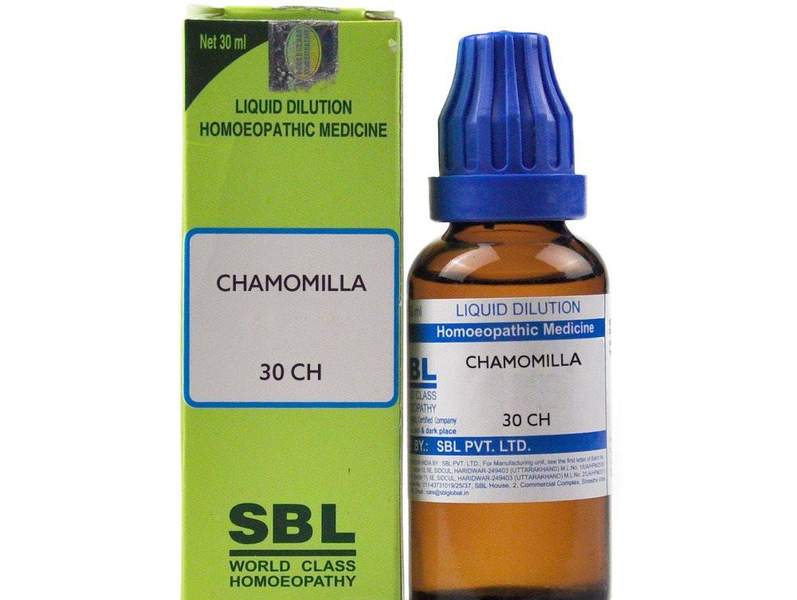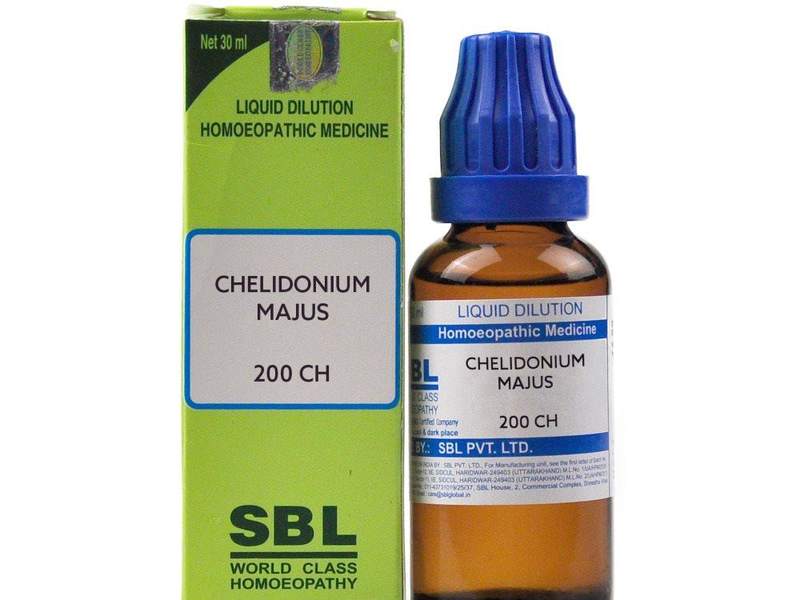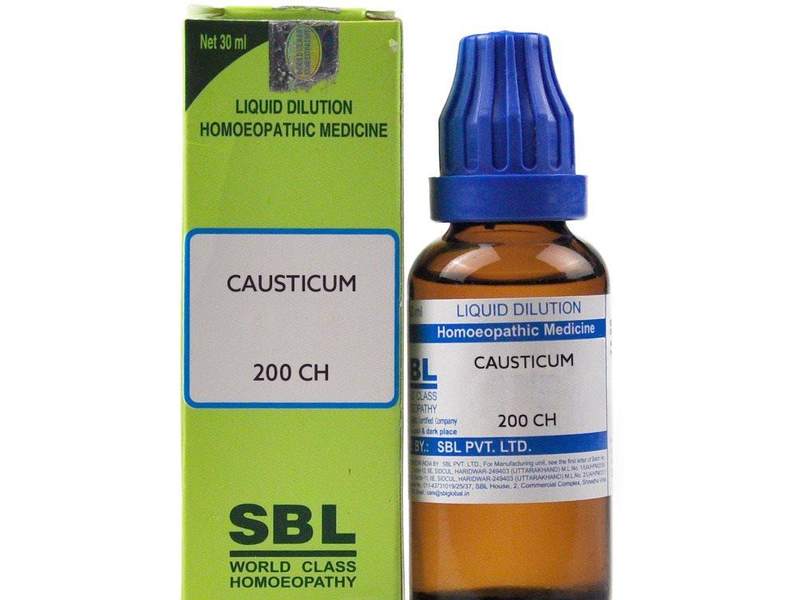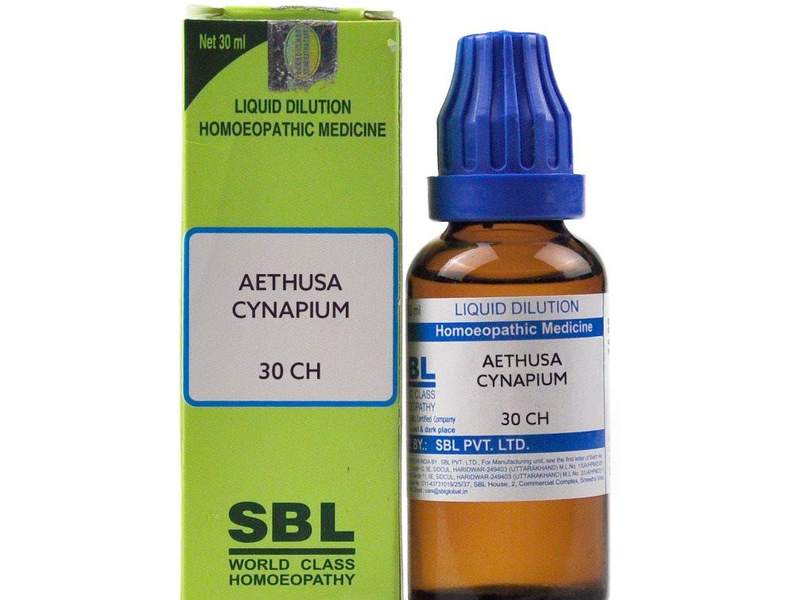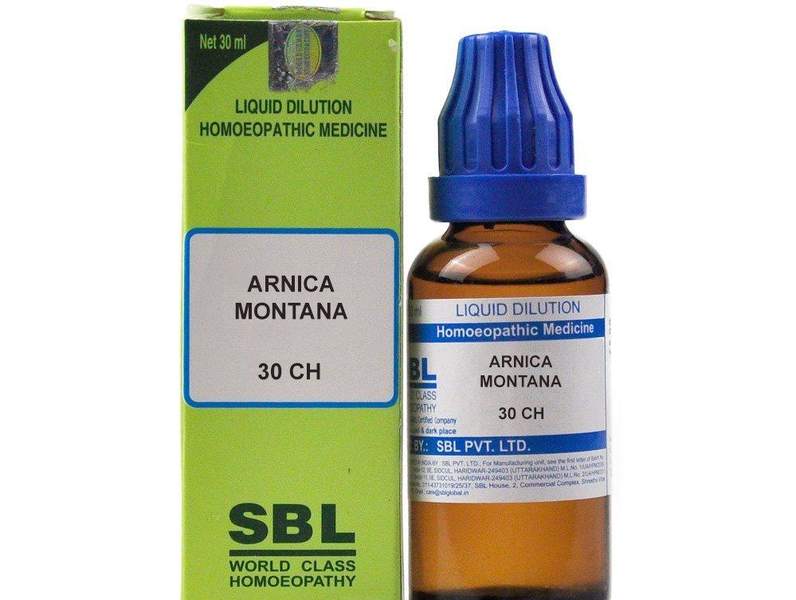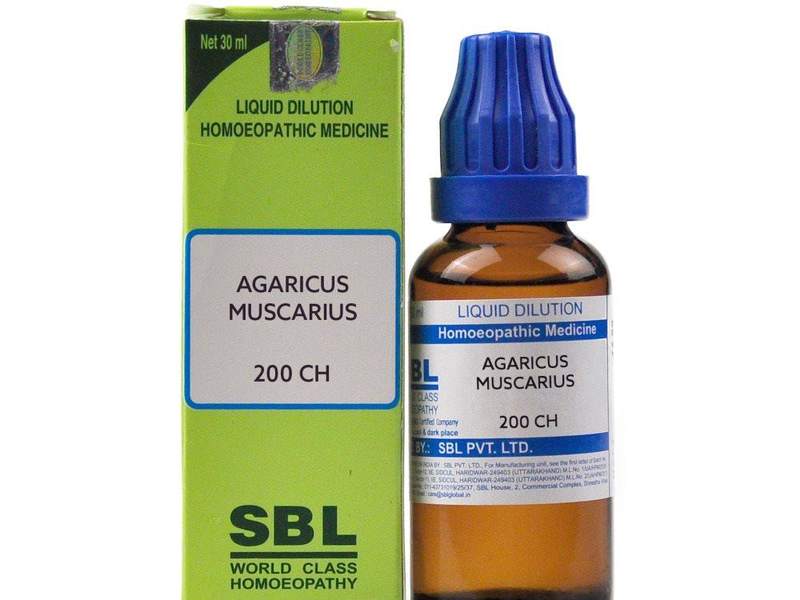Chamomilla 200 Uses – Chamomilla Homeopathy Materia Medica
₹1,632.00 Original price was: ₹1,632.00.₹1,107.00Current price is: ₹1,107.00.
- Highly irritable, peevish, ugly, uncivil. Mental calmness contraindicates Chamomilla
- Pains; unendurable with numbness of affected parts
- One cheek red and hot, the other pale and cold
- Toothache worse warm drinks
- Dry cough at night during sleep which does not waken the child
Source: Vegetable kingdom
Synonyms: Matricaria chamomile
Family: Compositae
Prover: Dr Hahnemann in 1805
Duration of Action: 20 to 30 days
Miasmatic Background: Psora
Temperament: Irritable and nervous
Thermal Relationship: Aggravation from open air and heat; better in warm, Wet weather
Introduction and History: This is the ugliest remedy in our materia medica – ugliest in the sense that nobody likes the company of our Chamomilla patient, if it is the father, the child is afraid to approach him, he is so Snappish; and if it is the child, everybody else in the house except the parents, would rather have him dead. If it is the husband, the wife soon gets tired of him. But it is a very useful medicine of homeopathy especially in many diseases of children.
It is an annual wild plant growing wild in cultivated fields amongst paddy and wheat. As the weed grows in a paddy field, it causes great miseries, anger and pain to the farmers. The same type of symptoms are produced by this remedy which is prepared from the same plant. It is an anger and pain remedy which causes turmoil in temperament.
Chamomilla is a plant which is also called Corn-Fever-Few. Chamomilla has been used as a domestic remedy since very early times. German botanist Bock named the plant Chamomilla from two Greek words-‘chamoemelum’ and ‘matrix’, meaning ‘apple on the ground’ because the plant grows close to the ground and has an odour which was thought to have a resemblance to that of apples.
Habit and Habitat: It is found in Europe, India and Australia. It is quite a troublesome weed in Australia but cultivated in Germany and Great Britain. It is an annual herb. The terminal flowers are yellow and white and bloom from May to August. The leaves are numerous alternate and sessile. The upper leaves are simple.
Preparation and Parts Used: The whole fresh plant is taken when in flowering condition to prepare the mother tincture. Higher potencies are prepared from the mother tincture.
Constitution and Physiognomy: Particularly adapted to persons, especially children, with light brown hair, who are of an irritable temperament, one cheek red and hot, and the other pale and cold; in particular children during the period of dentition.
Ailment From: Cold, coffee, anger, narcotics, dentition, etc.
Seat of Action (Pharmacodynamics): Mind, nerves, mucous membranes, digestive tract, liver, sexual organs, brain, etc.
Active Principles (Chemical Constituents): It primarily contains volatile oils, the bitter principle, anthemic acid and a yellow colouring substance apigenine, free and is in the form of glucosides.
Physiological Action
- This drug is a diaphoretic and an emmenagogue.
- It produces a marked impression, it acts on sensory motor nerves and produces clonic spasms of intestines and uterus.
- When taken in large doses it induces epistaxis and emesis with excessive mental irritability.
- It is widely used in the form of ‘Chamomile tea’ as a domestic remedy among German families and by midwives.
- In France there is a great demand for it from the licensed herb stores.
- Potter says, ‘The homeopaths find in it a remarkable power in pains aggravated by night and by heat, irritability of teething children, flatulent colic, etc.’
Physio-pathological Changes (Pathology)
- It acts on the nervous system causing intense irritability, spasms and convulsions.
- It acts on the mucous membrane of the stomach and intestines producing inflammation of the mucous membrane setting in diarrhoea and dysentery.
- It acts on the brain causing susceptibility to morbid impressions and in motor spheres giving rise to general exhaustion and prostration.
- Through the nervous system it acts prominently upon the liver and respiratory mucous membranes producing irritation and giving rise to congestion and catarrh.
- It acts on joints and causes rheumatic or neuralgic pains.
- It probably has some specific influence on the pulp of teeth, also on the gums.
- Since the bitter principle has stomachache property, its action as a carminative is well known.
Characteristic Mental Symptoms (Psychology)
- Patient is very sensitive, ill-humoured, inclined to weeping.
- Patient is very irritable, peevish, uncivil, spiteful, sudden and snappish.
- Patient is very restless, oversensitive, anxious, cross and impatient, quite only when carried.
- Child becomes stiff, screams, throws away everything, wants this and that but refuses them when offered.
- Irregular convulsions, child will neither stand nor walk, cries piteously. Wishes to be carried.
- Aversion to talking, cannot bear to be spoken to, cannot endure anyone near him, behaves in an uncivil manner and answers peevishly.
- Omits words when writing or speaking.
- Dullness of senses, diminished power of comprehension.
- Imagines that he hears the voice of absent persons, at night.
- Great impatience, everything seems to go slowly.
- Confusion of the head, painful pressure on the eyes, in the afternoon.
Characteristic Physical Guiding Symptoms
Oversensitiveness: Patient is very oversensitive to pain during labour, after pains, toothache, earache, neuralgia, rheumatism; oversensitive to open air.
Convulsions: Convulsions of children from nursing, after a fit of anger in mother.
Burning: Burning in soles at night, puts feet out of bed.
Diarrhoea: Diarrhoea from cold, during dentition, anger or chagrin, after tobacco, in child-bed, from downward motion.
Pains: Violent and intolerable rheumatic pains drive him out of bed at night with numbness of the affected parts.
Sleep: Patient is sleepy but cannot sleep, half-open eyes; startles.
Unbalanced state: In children, one cheek red and hot, the other pale and cold.
Stool: Stool green, corroding, watery, hot, very offensive, like rotten chopped eggs and spinach.
Nipples and milk: Nipples inflamed, tender to touch, milk runs out in nursing women.
Toothache: Toothache when anything warm is taken in the mouth, during menses or pregnancy, in bed, from coffee, on entering a warm room.
Excoriation: Soreness of skin in children. Excoriation about the anus, corroding stool; leucorrhoea watery, acrid, corrosive and Smarting.
Numbness: Numbness of the affected parts alternating with pain is very characteristic; numbness with pain.
Putridity: Foulness and putrid smell of mouth, stool, eructations, etc.
Cramps: Abdomen distended like a drum, crampy pain in the abdomen, uterus; menstrual colic, wind colic, etc.
Aversions: Aversion to food, excessive thirst for cold drinks.
Drowsiness: Drowsiness with sleeplessness, drowsiness with moaning during sleep. Yawning and stretching.
Sweat: Profuse sweat on covered parts, sweat during sleep; mostly on head, usually of sour odour and with a smarting sensation on the skin.
Important Characteristic Features
Chamomilla baby: It is a very valuable remedy for children. It is adapted to new born children or during the dentitional period. The child is very uncivilised, irritable, fretful, snappish, cross and peevish. The baby is very restless, impatient. Very difficult to please, whining restlessness, wants many things but rejects all of them when offered.
Though child is very peevish and restless, becomes quiet only when carried. One cheek red and hot, the other pale and cold. Baby cannot endure anyone near him, cannot bear to be spoken to, averse to talking, answer peevishly. Convulsions of children from nursing, after a fit of anger in mother. Oversensitive to pain, sleepy but cannot sleep.
Diarrhoea, fever and convulsions caused by anger. Diarrhoea during dentition is greenish, very offensive like rotten eggs and is hot.
Diarrhoea: Stools are grass-green or like chopped eggs. They may be yellow and white intermingled with mucous. Copious stool, Scanty stool. Watery diarrhoea, 6 or 8 times with thirst. Dentition with diarrhoea of green stools. Chamomilla is not the remedy if diarrhoea continuous for a long time.
Dysmenorrhoea: Menstrual colic following anger. Membranous dysmenorrhoea. Profuse discharge of clotted blood, with severe labour-like pains. Drawing from Sacral region forward, griping and pinching in uterus, followed by discharge of large clots of blood. Yellow smarting leucorrhoea.
General Modalities
Aggravation: Evening, in the open air, before midnight, heat, by eructations, anger, coffee, dentition.
Amelioration: Fasting, from being carried, warm wet weather, after sweat, etc.
Remedy Relationships
Complementary: Bell, Mag-c, Puls.
Follows well: Acon, Arn, Bell, Bry, Cact, Cocc, Merc, Nux-v, Puls.
Inimical: Zinc, Nux-V.
Antidotes: Acon, Alum, Borx, Camph, Chin, Cocc, Coff, Ign.
Compare: Bell, Borx, Coff, Bry, Sulph, Puls.
Potency: 3x, 6x, 12x, 30, 200, 1000.
Chamomilla Dosage
- Pierce recommends first potency for the adults and sixth potency for children.
- Hahnemann recommends twelfth attenuation.
- Higher potencies when constitutional symptoms are present.
Repetition: Should be repeated till response to the remedy is noticed.
Therapeutic Value: Abdominal affections, Abortion, Acidity, Colic, Convulsions, Cough, Breast affections, Dentition, Diarrhoea, Eructation, Eye affections, Fever, Headache, Hysteria, Insomnia, Labour, Miscarriage, Mumps, Nausea, Pregnancy disorders, Rheumatism, Spasms, Suppression, of milk, Toothache, Ulcers, Uterine affections, Vomiting, Whooping cough.
Related products
Homeopathic Medicine
Homeopathic Medicine
Homeopathic Medicine
Homeopathic Medicine
Homeopathic Medicine
Homeopathic Medicine
Arsenic Album 30 Homeopathy – Arsenicum Album Materia Medica
Homeopathic Medicine
Homeopathic Medicine

